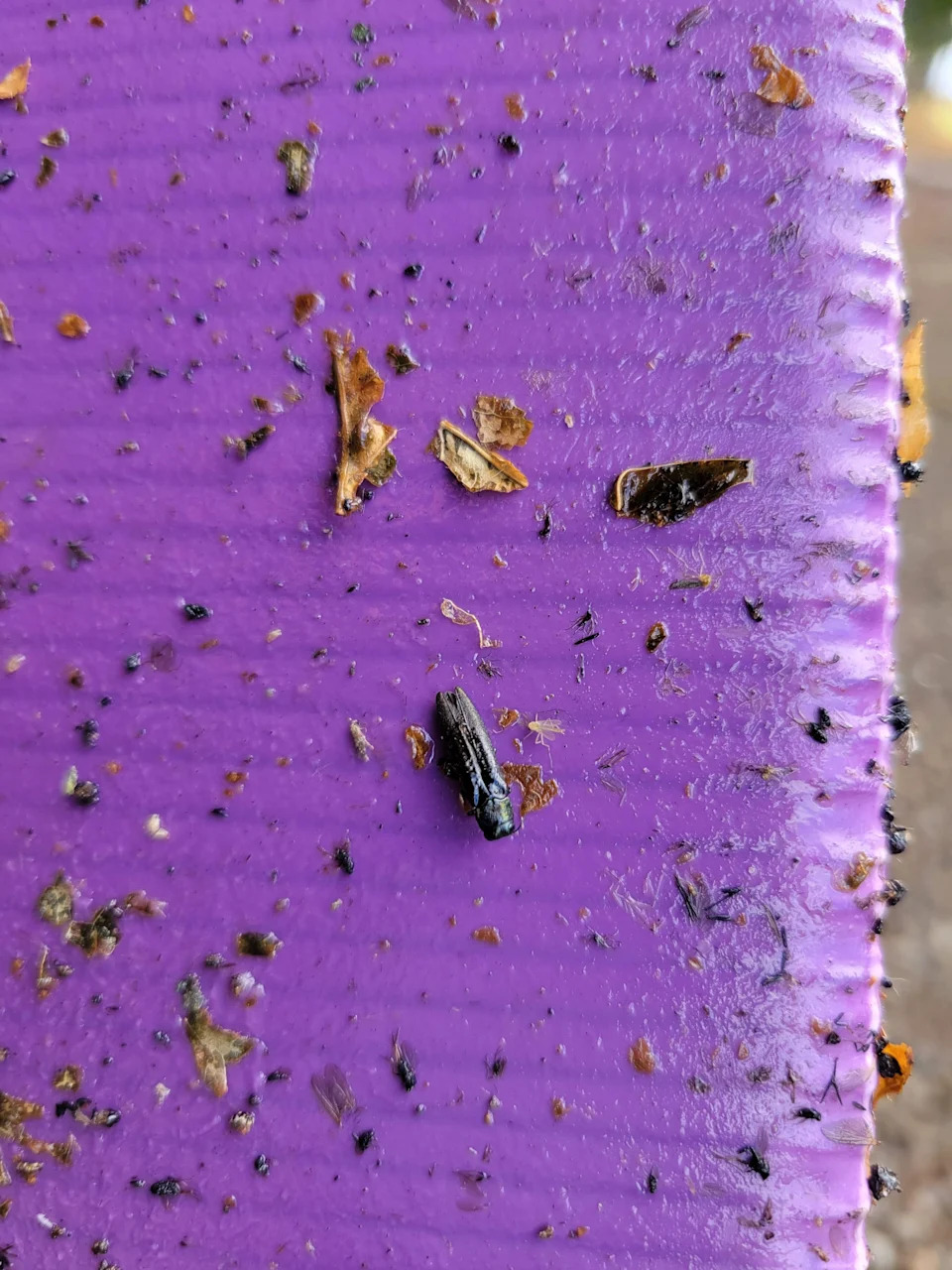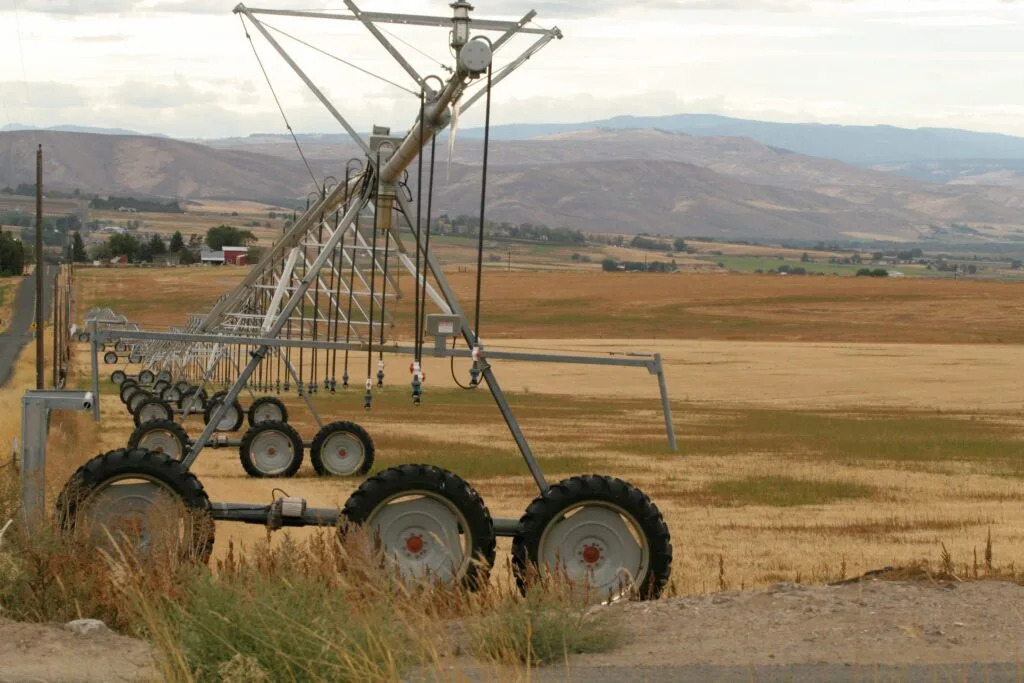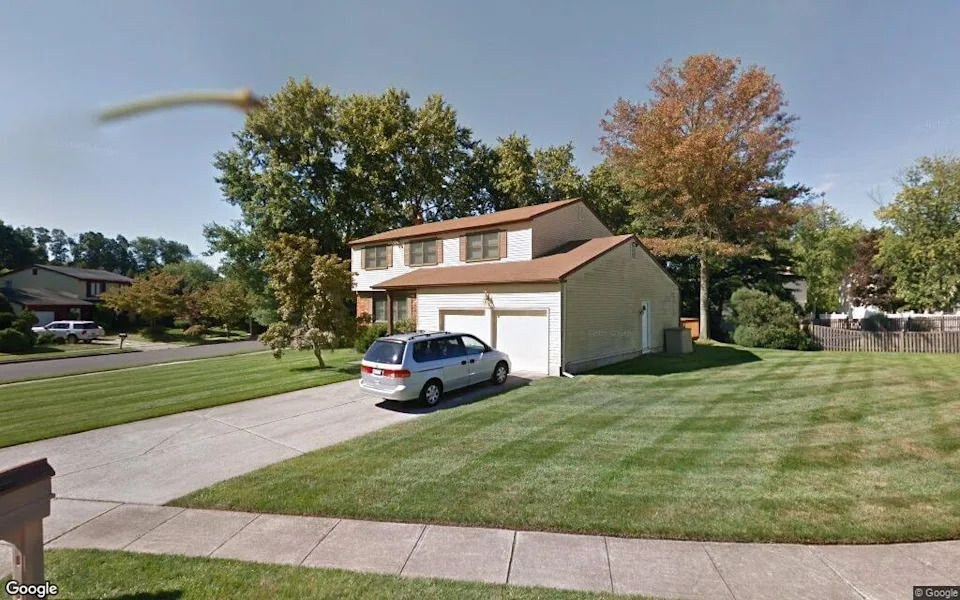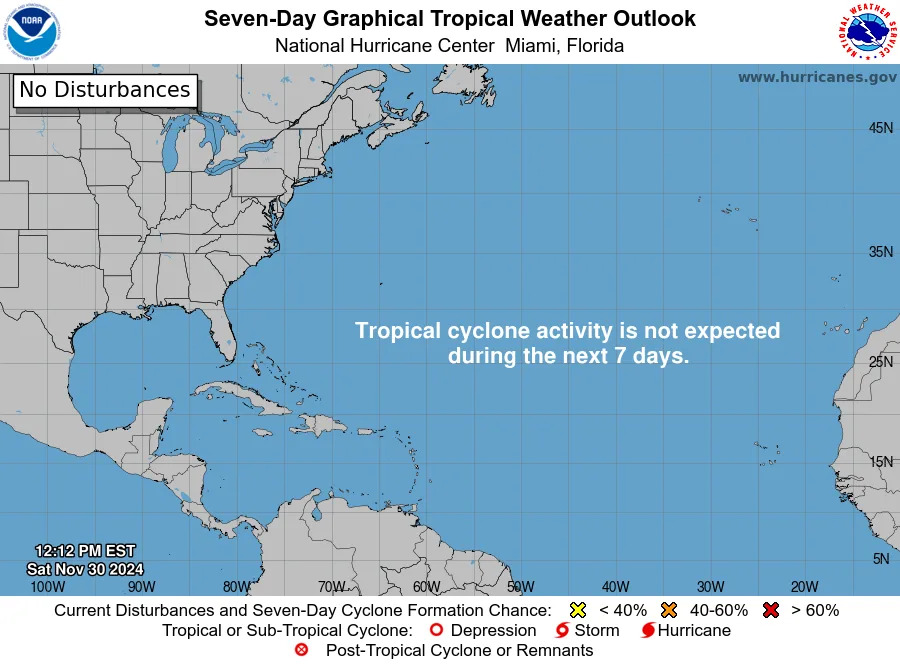The United States dropping an atomic bomb on Nagasaki, Japan, on Aug. 9, 1945, hastened the end of World War II. Japan formally surrendered less than a month later.
Ohio has more than one connection to the end of the devastating war. Here’s what to know.
Dayton’s Air Force museum houses Bockscar, plane that dropped Nagasaki atomic bomb Fat Man
Three days after the Enola Gay dropped the Little Boy atomic bomb on Hiroshima, Japan, Bockscar dropped the Fat Man bomb on Nagasaki on Aug. 9, 1945.
Russian forces invaded Japanese territory the same day. The devastation of the two bombs coupled with the threat of a full-scale Allied invasion set Japan on the path to surrender. It signaled its intent to surrender on Aug. 10, and the country formally surrendered on Sept. 2, according to the National World War II Museum.
Bockscar, a B-29 Superfortress, has been housed at the National Museum of the United States Air Force in Dayton since Sept. 26, 1961.
World War II B-29 bomber Bockscar by the numbers
Bockscar was one of 15 specially modified "Silverplate" B-29s assigned to the 509th Composite Group, according to the National Museum of the U.S. Air Force. While most B-29s were armored and heavily fortified, Silverplate B-29s retained only a tail machine gun turret and had their armor removed to save weight so that the heavy atomic bombs of the time could be carried over a longer distance.
357 mph top speed
220 mph cruising speed
3,700 miles range
33,600 maximum altitude
133,500 weight in pounds (maximum)
99 feet long
141 feet, 3 inches span
27 feet, 9 inches tall

Who flew on Bockscar during the mission over Nagasaki, Japan?
Major Charles W. Sweeney, aircraft commander
1LT Charles Donald Albury, pilot
2LT Frederick J. Olivi, co-pilot
Capt. James Van Pelt, navigator
Cpt. Kermit K. Beahan, bombardier
Master Sgt. John D. Kuharek, flight engineer
Cpl. Abe Spitzer, radio operator
Staff Sgt. Edward Buckley, radar operator
Sgt. Albert Dehart, tail gunner
Staff Sgt. Ray Gallagher, assistant flight engineer/scanner
1LT Jacob Beser, radar countermeasures
CDR Frederick Ashworth, weaponeer
LT Philip M. Barnes, assistant weaponeer
Additionally, The Great Artiste (observation/instrument plane), Big Stink (camera plane), Enola Gay and Laggin’ Dragon (weather reconnaissance), and Full House (backup strike plane on Iwo Jima) flew alongside Bockscar on its mission, according to the Atomic Heritage Foundation.
Columbus the eventual home of Enola Gay pilot Paul Tibbetts
Then-Col. Paul W. Tibbets Jr. flew the Enola Gay over Hiroshima, Japan, on Aug. 6, 1945, dropping the atomic bomb known as "Little Boy" that ushered in the age of nuclear warfare.
Tibbets attended the University of Cincinnati before enlisting in the U.S. Army Air Corps in 1937, according to the Columbus Dispatch.
Tibbets advanced to the rank of Brigadier General in the Air Force before retiring from the military in 1966. He started an air taxi company, Executive Jet Aviation, in Columbus and died in the city on Nov. 1, 2007, at the age of 92, the Dispatch writes.
This article originally appeared on Cincinnati Enquirer: Ohio ties to Hiroshima, Nagasaki atomic bombs that ended World War II








Comments